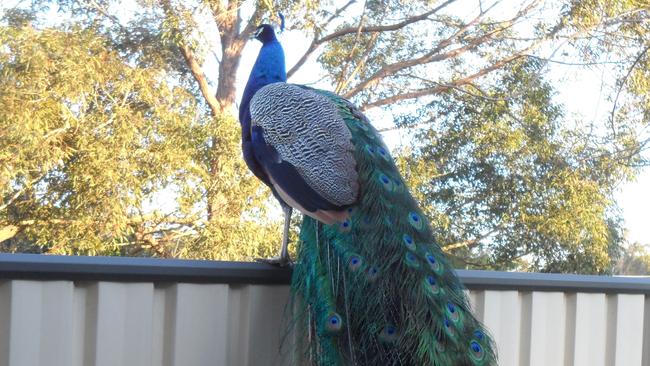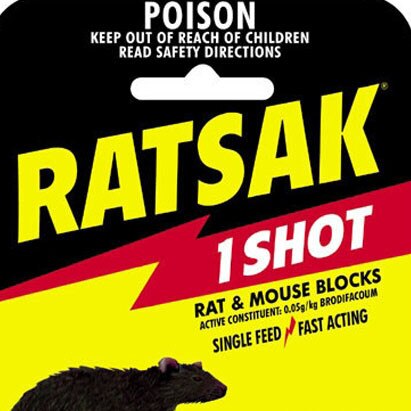Ourimbah: Six peacocks ‘poisoned’ using common pesticides
Tests have confirmed six peacocks found dead on the Central Coast were deliberately poisoned using common pesticides found in rat and mice baits.

Central Coast
Don't miss out on the headlines from Central Coast. Followed categories will be added to My News.
Toxicology reports have confirmed six peacocks found dead in Ourimbah last month were deliberately poisoned with the environment watchdog warning anyone caught could face serious legal consequences.
The NSW Environment Protection Authority (EPA) was alerted to the death of the peacocks and subsequent testing has revealed they ingested bait-like seeds, as well as the chemicals brodifacoum and sulfotep, which can be found in insecticides.
The EPA released a statement on Monday saying the “reckless misuse” of pesticides was the cause of the six dead birds, with tests revealing two chemicals ingested by the birds including one commonly used in rat and mice baits.
EPA executive director regulatory operations Jason Gordon said misusing pesticides was an offence that can carry significant penalties.
“Many chemicals in pesticides are deadly to wildlife and can also have impacts on the surrounding environment, so it is crucial that everyone understands how to use pesticides correctly,” Mr Gordon said.

“It appears that multiple pesticides may have been used recklessly in Ourimbah. This is a serious offence, and individuals could face serious fines and potentially stronger legal consequences.
“We encourage anyone with information about this incident or any other suspected pesticide misuse to get in touch with us so we can prevent future harm to local wildlife.”
Roaming peacocks have been a feature of Ourimbah for almost two decades, especially along Coachwood Drive and surrounding side streets.

However the birds have long divided community sentiment between locals with some loving the splendid birds and others hating them for slowing traffic and creating a mess.
Mr Gordon said there were easy-to-follow tips and directions for applying pesticides to avoid risk to human health and wildlife.
“Strictly following directions on labels and ensuring pesticides and baits are placed in areas that are inaccessible to non-target animals will make a big difference,” he said.
“It’s also essential to store pesticides in a secure location and ensure that containers are properly cleaned and disposed of.”
Anyone with information about the suspected misuse of pesticides is encouraged to call the EPA’s 24/7 Environment Line: 131 555.





